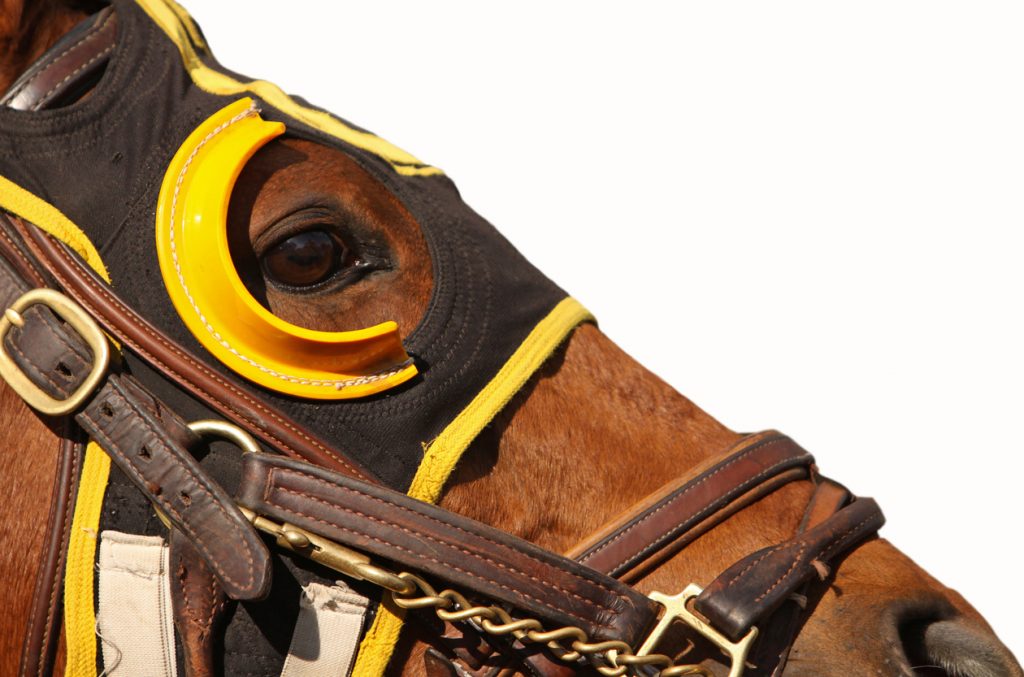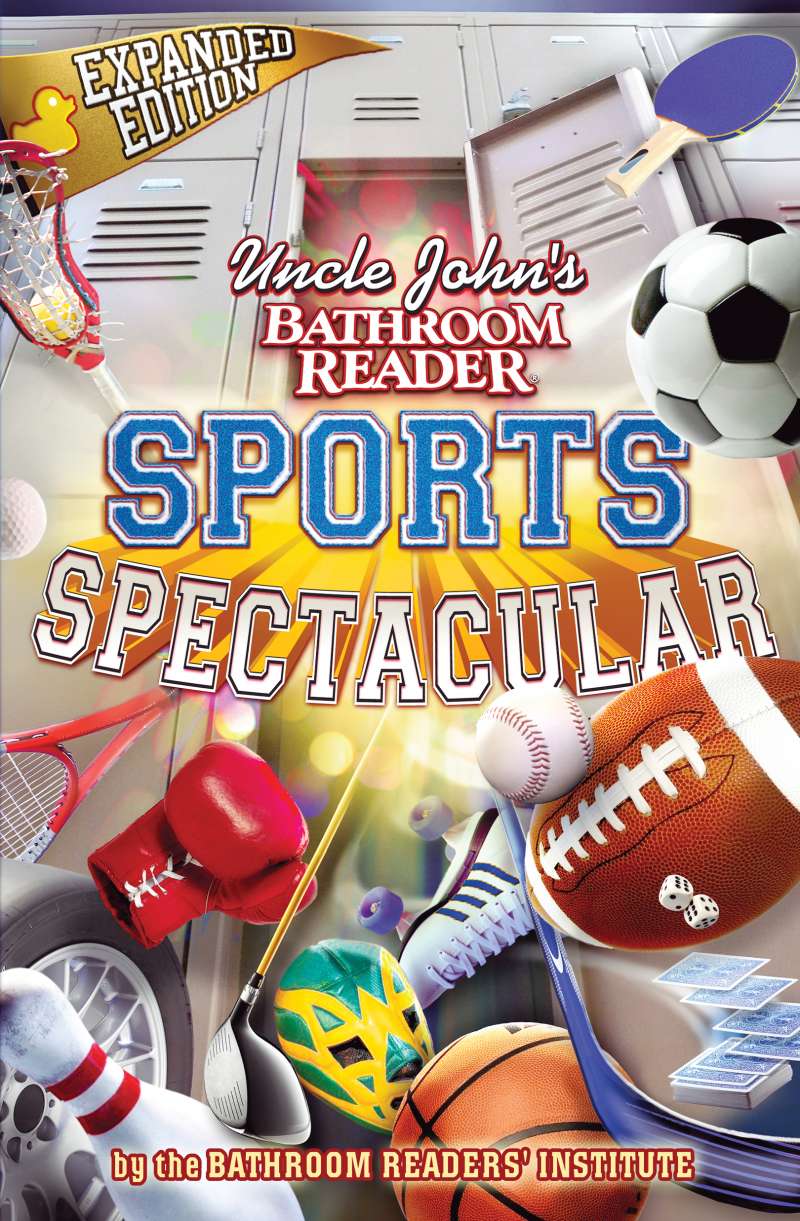The first Saturday in May means it’s time for “the greatest two minutes in sports” — the running of the Kentucky Derby. Horses and jockey have competed annually since 1875 at Churchill Downs in Louisville, Kentucky, and promoters, fans, and partiers have helped make the brief race into an all-day event with a number of traditions. Here’s a look behind the origins of some Derby Day must-do’s.

Those hats
Apart from Easter Sunday and church, the Kentucky Derby is about the last place where a woman can — and is expected to — wear an enormous, expensive, bespoke hat. (Coverage of the Kentucky Derby is almost as much about the chapeaus as it is the horses.) Derby founder Meriwether Lewis Clark, Jr. took many elements of an English one called the Epsom. Wearing giant, elaborate hats as part of it, and Clark encouraged attendees to do the same. And by attracting “high society” ladies to the event — dressed in outward shows of their wealth — it helped to turnaround Churchill Downs’ image as a disreputable den of gambling and ill repute.
That beverage
If you’re going to the Derby, you’re probably going to drink (at least one) Mint Julep. It’s made with mint, sugar, water, and bourbon, Kentucky’s favorite spirit (95 percent of bourbon is produced there). The drink predates the Derby, but became part of the festivities in the 1880s. The story goes that famed polish actress and theater producer Helena Modjeska attended a pre-race breakfast and ordered a Mint Julep, and others started imitating her. In 1938, the Mint Julep was named the official cocktail of the Kentucky Derby, and Churchill Downs started serving them in souvenir silver or pewter cups. (That’s because the track’s glassware kept getting swiped.)
Hey, sports fans: Uncle John's Bathroom Reader Sports Spectacular is packed with impressive and record-breaking sports and games articles.
That song
Most major sporting events feature a big-time star singing the National Anthem. The Kentucky Derby has the University of Louisville Marching Band perform “My Old Kentucky Home.” Published by “Oh! Susanna!” and “Camptown Races” composer Stephen Foster in 1853, it might be considered “problematic” today, as it’s sung from the point of view of a slave, lovingly describing their old Kentucky home. The song got a popularity boost in the 1920s when historians discovered what they thought was the mansion described in the home. It was first performed at the Derby in 1921, seven years before it became the official state song of Kentucky.








